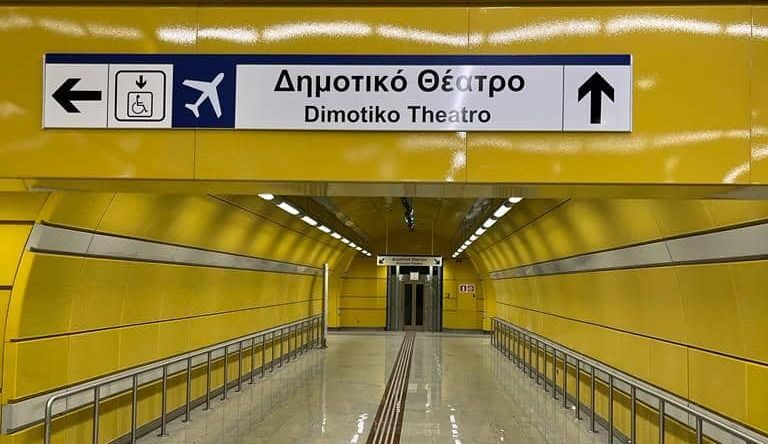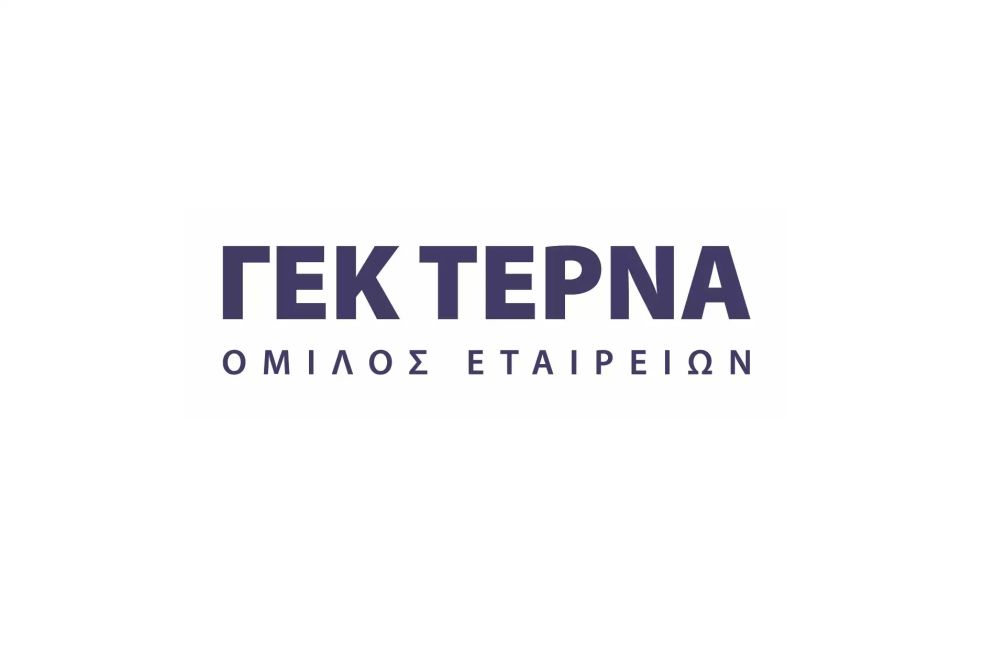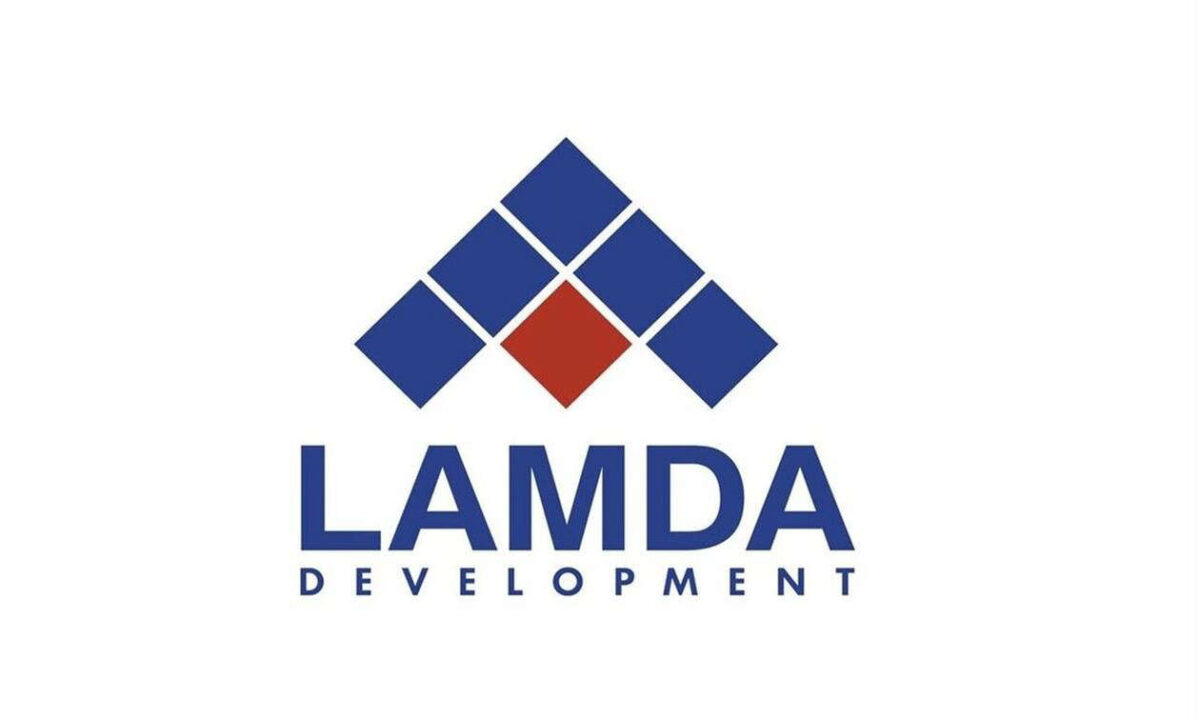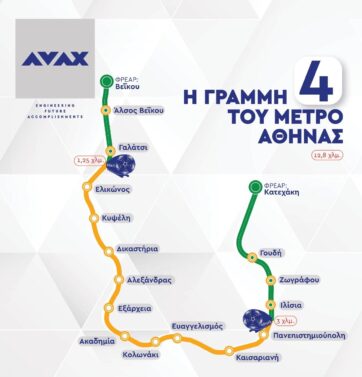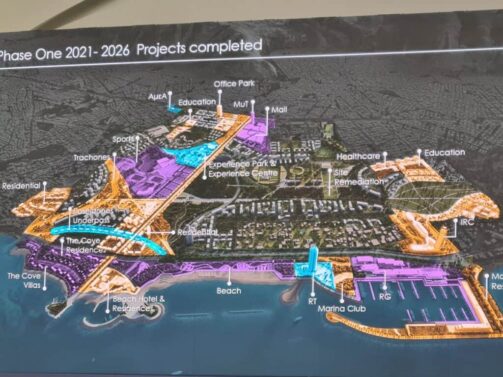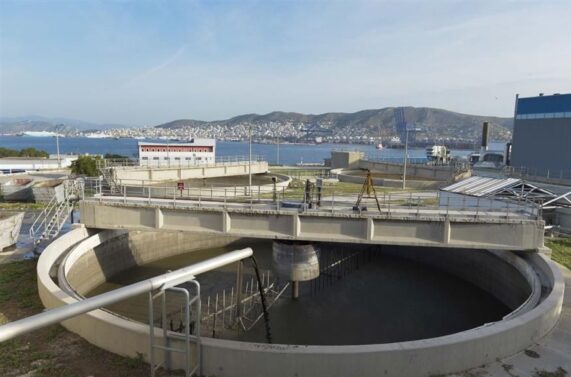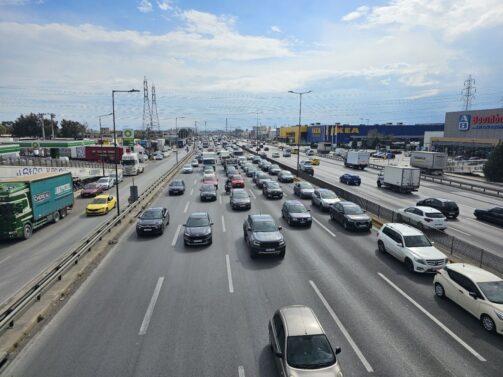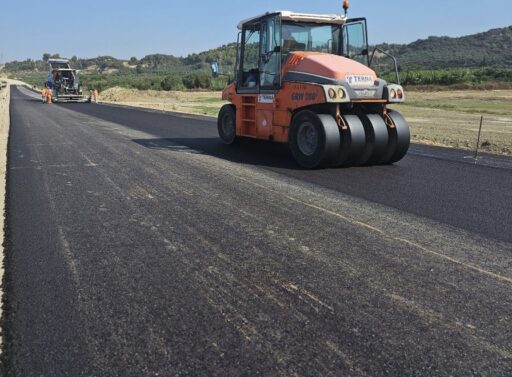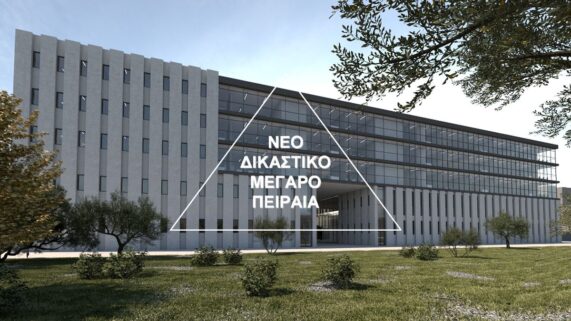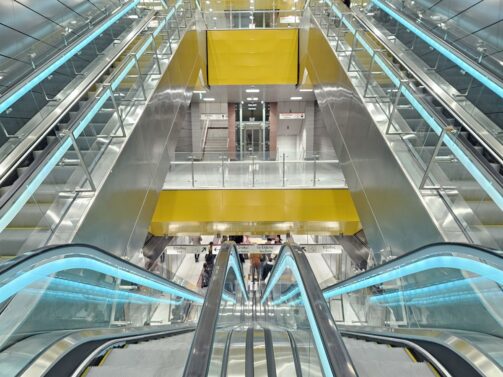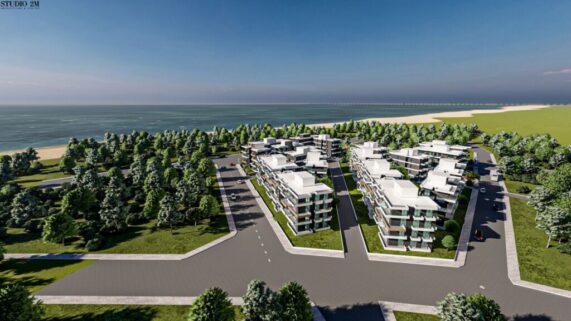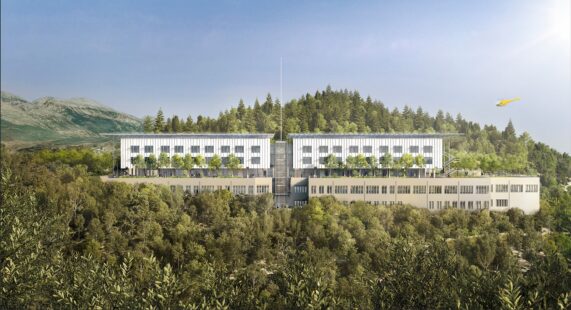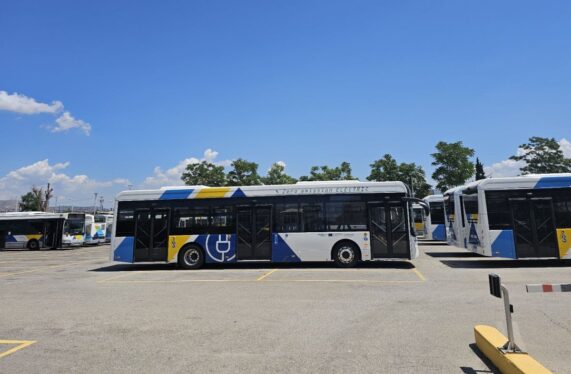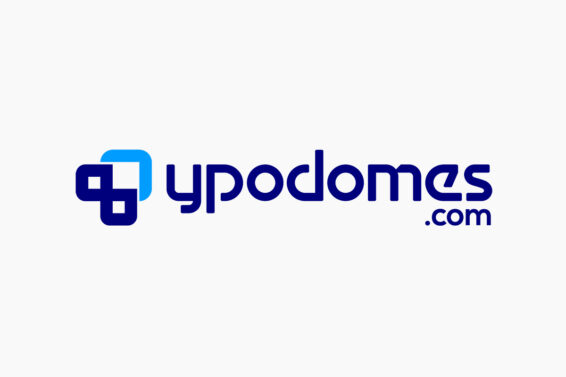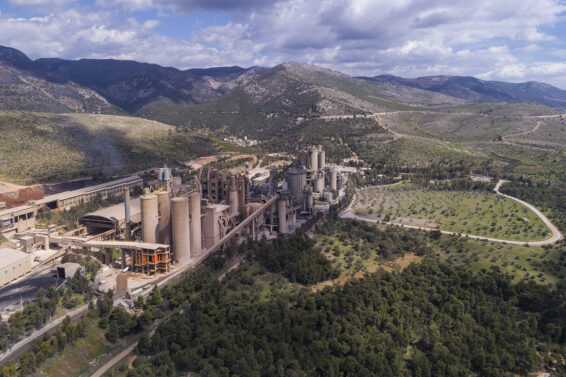At the beginning of 2023, the tender for the supply of seven new two-time trains from Attiko Metro will begin, while the supply of additional trains to strengthen the network’s fleet is also being considered. According to the information, at this time the relevant preparations and studies have begun in order for this specific action to run.
The seven new two-way trains are to be used exclusively on line 3 which serves the Dimotiko Theatro-El. Venizelos Airport route and a total of 27 stations on a line with a length of almost 50 km. Today, there are seven such trains in the Athens Metro network that have been operating continuously since 2004.
The new trains will operate in a complementary manner so that the ever-increasing passenger traffic from/to the airport can be served. It is estimated that with the connection of line 3 to the port of Piraeus, this traffic will grow further, making the need for their supply imperative. Already the first samples from the operation of the extension to Dimotiko Theatro show a significant increase in passenger traffic.
Their procurement costs are estimated at around 120 million euros. The trains will be financed through the NSRF 2021-2027. These trains are different from the conventional trains running on the city’s Metro network.
They have the ability to be electrified, and therefore to move, not just from the “third line” that exists parallel to the Metro lines on the ground. They can also be electrified by the pantograph that they have which takes power from the overhead power lines provided by the Railway.
The supply of the seven new trains is estimated to be completed by 2026. The tender is estimated to be completed and the supply contract signed during 2023.
Thoughts on extra trains
At the same time today at Attiko Metro, according to the same information, there are considerations for the supply of an additional 6-8 trains which will strengthen the current fleet of lines 2 and 3. As the network expands the needs for more trains grow. At the same time, as long as the older trains operate, they show greater maintenance and repair needs.
This creates new needs for additional trains that will ensure the orderly operation of the network and will not create pressure by trains that will require maintenance work that removes “force” from the existing fleet.
It remains to be decided in the next period whether the supply move will finally go ahead and also the quantity of trains that will be decided to be procured by Attiko Metro on behalf of STASY.
The fleet of trains of lines 2 and 3
In total, the train fleet of the Athens Metro consists of 4 generations of trains. The major disadvantage of the existing train fleet of the Athens Metro remains the first generation of trains which do not have air conditioning, in a city with very high temperatures for 3-4 months.
These trains create suffocating conditions inside the carriages during the summer months, with the result that the travel experience turns into a difficult affair for the passengers. The 28 trains built by Siemens AG, Daimler-Benz, Alstom have been in operation since 2020.
The next generations of trains do have air conditioning. The second generation that has been operating since 2003, concerns 21 units and was built by the joint venture consortium Hawna-Rotem, Mitsubishi Vapor and Knorr-Bresme. The third generation concerns 17 new trains, the most advanced that the network has and was manufactured by Hyundai Rotem with E/M systems from Siemens. They joined the Athens network in 2014.
ΜΗΝ ΞΕΧΑΣΕΤΕ
- Ακολουθήστε το ypodomes.com στο Google News και μάθετε πρώτοι όλες τις ειδήσεις για τις υποδομές στην Ελλάδα
- Αν είστε επαγγελματίας του κλάδου, ακολουθήστε μας στο LinkedIn
- Εγγραφείτε στο Ypodomes Web TV

